-
Posts
215 -
Joined
-
Last visited
Posts posted by Daniel J. Fox
-
-
Bump still for sale: £18,500
(For a UK sale add VAT at 20%) -
BUMP - price drop £2750
-
BUMP - still for sale.
Price: £2750 -
-
-
-
Bump - price drop £2500 per lens.
-
BUMP - price drop £2900
-
BUMP - still for sale.
Price: £2750 -
Bump - both lenses are still for sale.
-
Bump - lens is still for sale.
-
Bump - lens is still for sale.
-
8 hours ago, Michael Glantzis said:
Wishing I could've posted this in the "Cameras Systems and Formats" forum, but there really isn't a way to post about "formats" in general, so I'm posting it here.
Basically I'm trying to figure out why large format systems have a shallower depth of field than smaller formats. This seems to be the common wisdom amongst everyone I talk to, and DoF calculators online seem to agree. I know that large format imagers require proportionally longer lenses to maintain the same framing, and that longer lenses at the same stop will have a larger entrance pupil which projects a larger circle of confusion on the imager. What I'm not understanding though is why this would lead to a shallower depth of field since a larger imager has to be scaled less in order to be viewed in its intended format.
For example, if I had a 100mm diagonal imager area and I were shooting on a 50mm lens at an f2, I would have a 25mm entrance pupil. If I then moved to a 50mm diagonal imager, I would need to shoot with a 25mm lens to maintain the same framing, and if I were still shooting at an f2, I would have a 12.5mm entrance pupil. When viewing the final picture, the image from the 50mm diagonal imager would need to be scaled twice as much as the image from the 100mm imager. This leads me to expect that the circle of confusion projected by the 12.5mm entrance pupil will ultimately match the circle of confusion projected by the 25mm entrance pupil since the smaller imager is being scaled by an additional factor of 2.
But everyone seems to disagree with this! My only blind spot here is that I don't know the math behind how the size of the entrance pupil relates to the size of the projected circle of confusion on the imager. I've been assuming that they are related by a constant factor, but perhaps my answer lies in the math behind this relationship.
Would honestly love to find this out. I've been arguing with my coworkers on set about this for years now, and I honestly need one less reason to be as obnoxious as I already am.
If you're shooting with a 50mm f4 lens on FF / 135 to match:
Angle of view
Perspective distortion
"Compression"
Depth of field
On MFT (for ease of maths) you need to use a lens twice as wide (25mm) and open up the lens two whole stops (f2)
If you don't adjust the aperture there is a two stop difference between FF / 135 and MFT.
That's it.
Have you read Steve Yedlin's excellent articles on matching blur across formats?
https://www.yedlin.net/NerdyFilmTechStuff/MatchLensBlur.html -
Price Drop - £2100
-
PRICE DROP - £18,500
(For a UK sale please add VAT at 20%) -
BUMP - still for sale.
-
BUMP - still for sale.
-
-
-
-
-
BUMP - both lenses still for sale.
-
BUMP - still for sale.
Price: £2750 -
BUMP
Lens still for sale.
Serious offers considered.





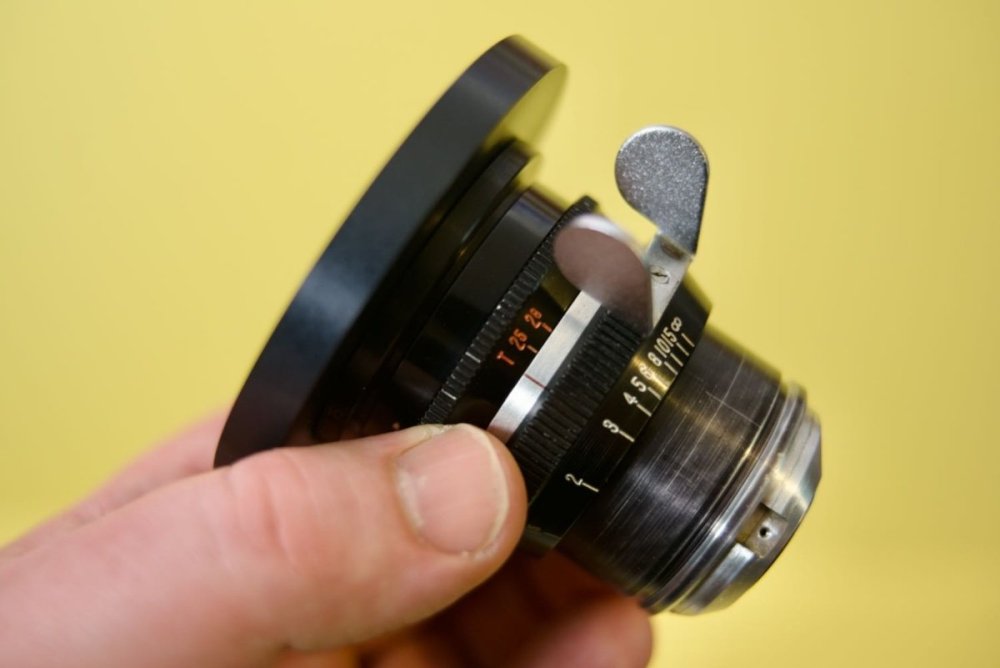
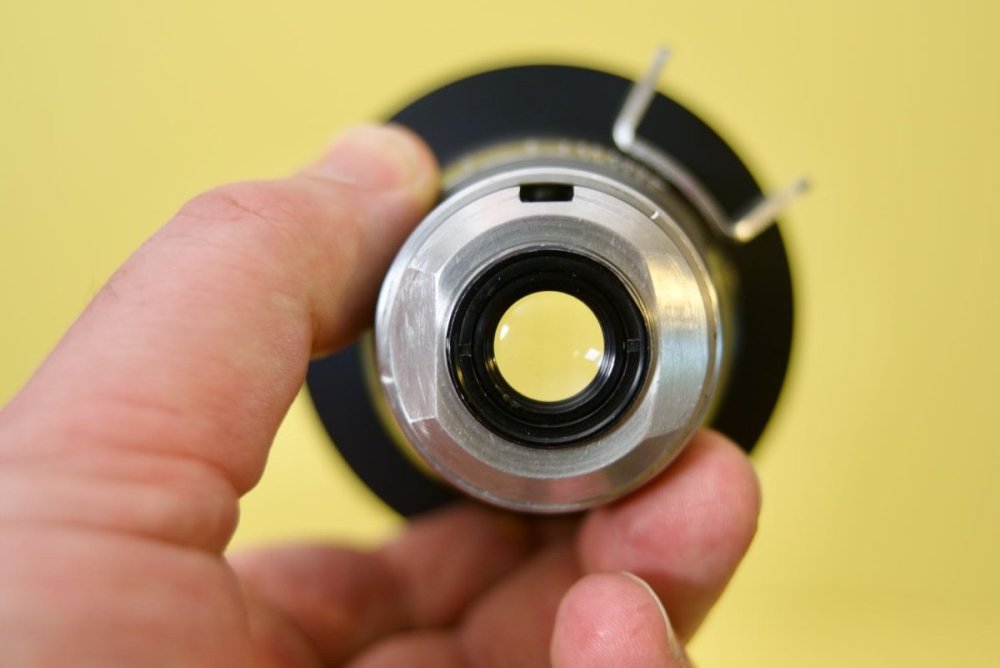
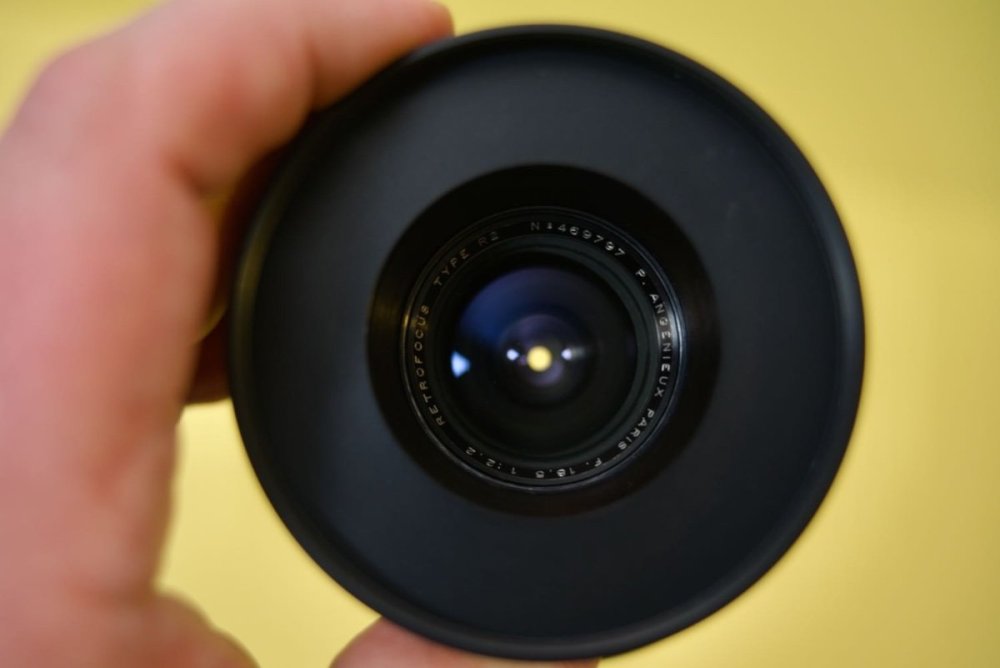
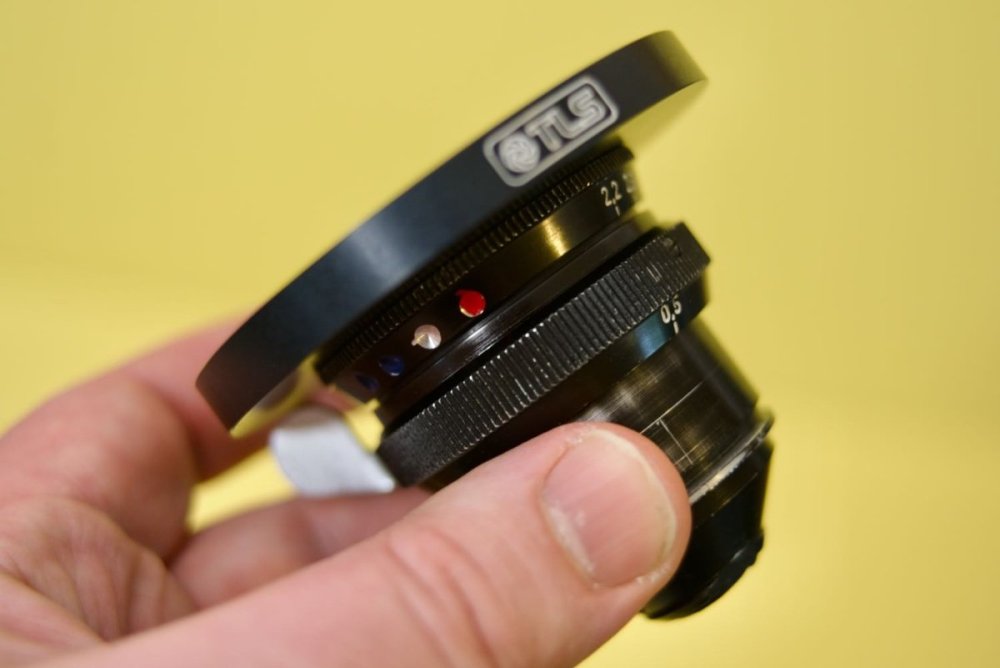
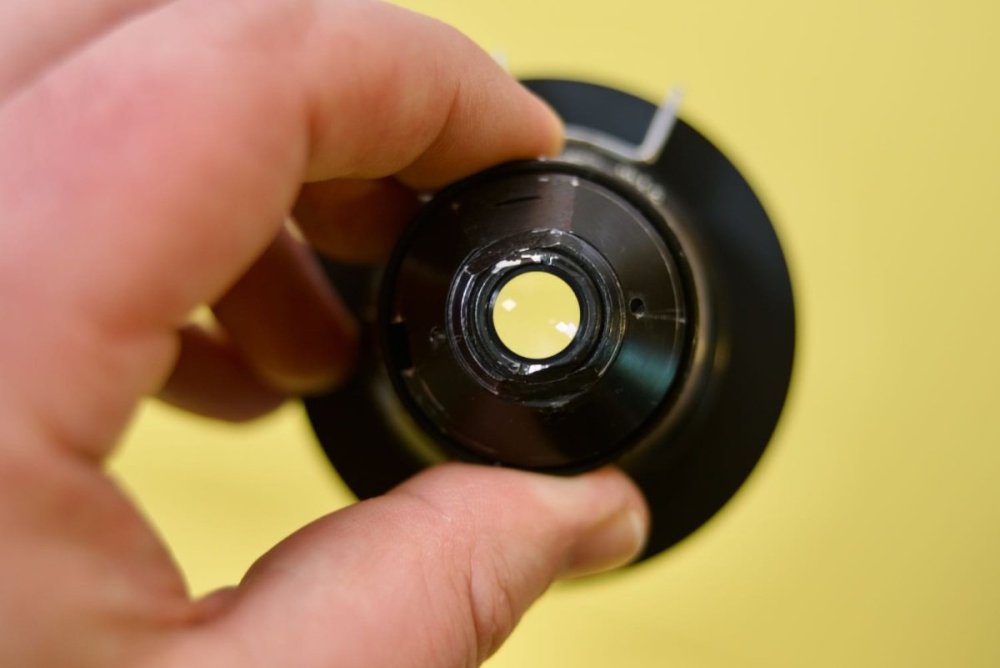
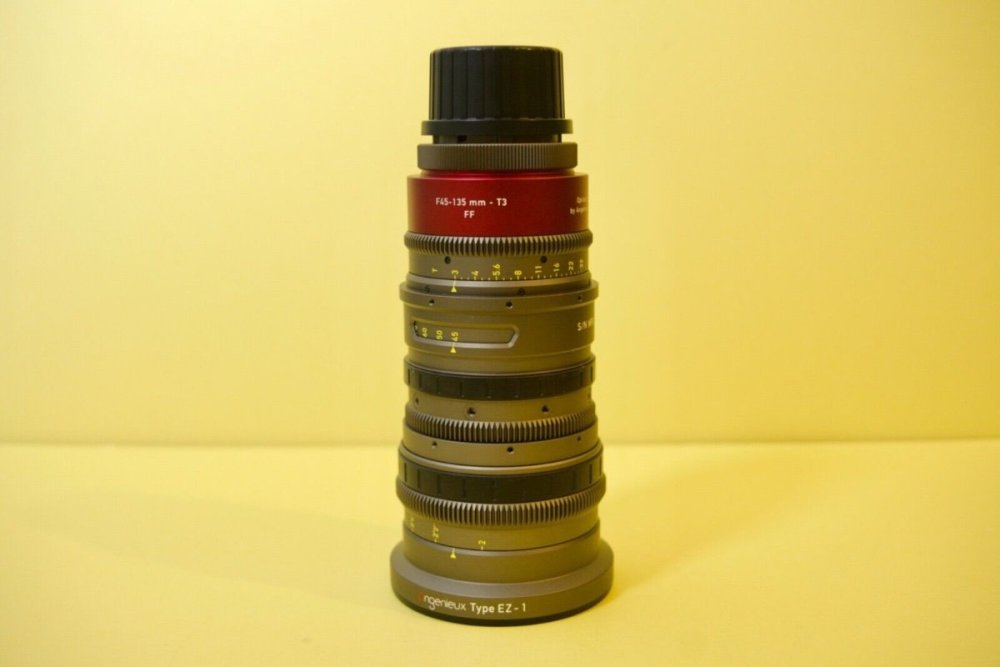

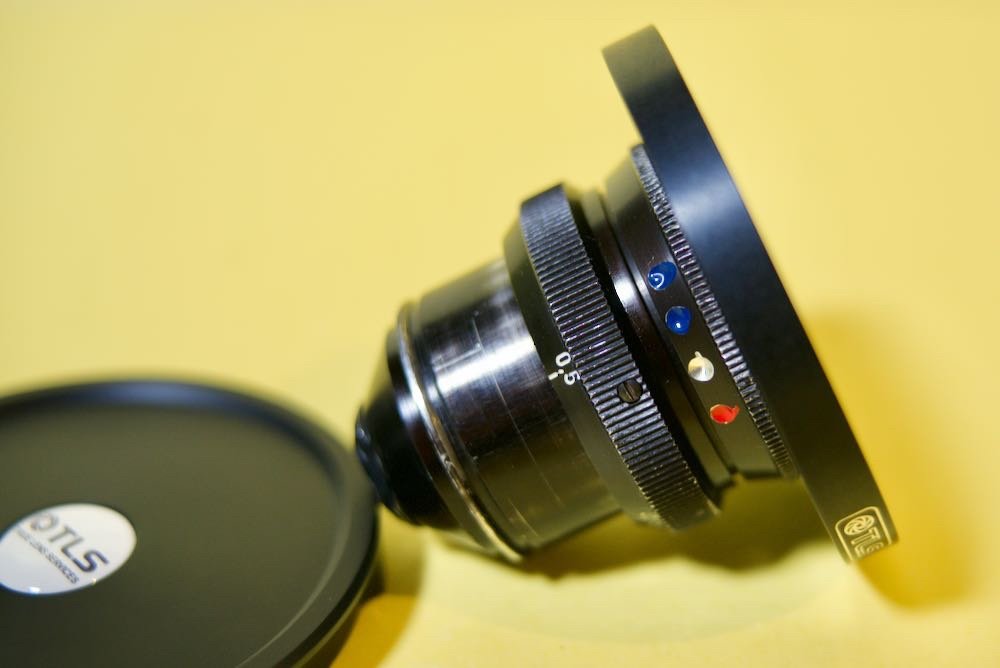
FOR SALE: RED PRO cinema zoom lens 18-85mm T2.9
in Cine Marketplace
Posted
Bump - still for sale: £2100